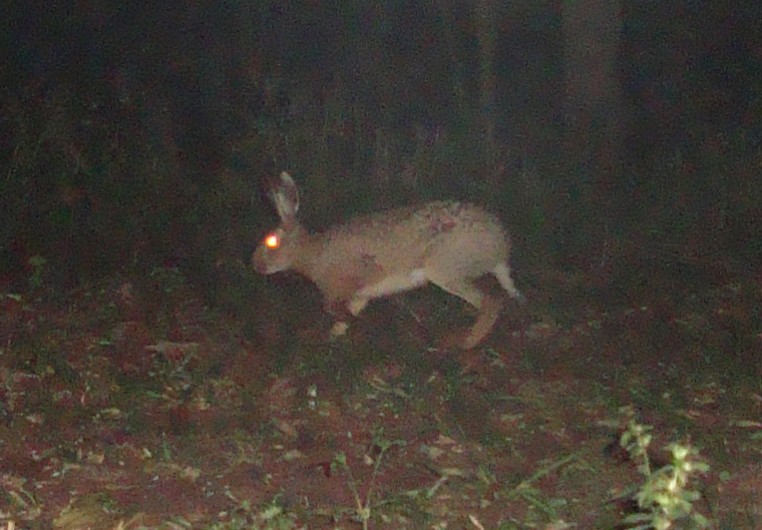Biodiversity
 European Hare
Lepus europaeus | Pallas, 1778
European Hare
Lepus europaeus | Pallas, 1778

Characteristics: With brownish-gray dorsal fur, this species has long limbs and long ears with blackened tips.
Distribution: Asia, Europe, North and South America. They were introduced in Canada, in the US, New Zealand, Australia, and the UK. Thirty-six individuals originating in Germany were introduced in Argentina in 1888. In 1897, hares coming in France were released in Buenos Aires.
Habitat: Rainforests, dry, wooded savannas, and agricultural areas.
Habits: In southern Brazil, hares do not usually sleep in burrows, rather under bushes, always turned toward a strategic point of exit if attacked by a predator.
Diet: They are herbivorous, feeding on grasses sprouts, peanut leaves, beans, corn, lettuce, orchards, and cassava roots.
Breeding: The rut occurs from January to October, and the species can have up to 4 pregnancies per year with up to 8 pups per litter. Pups are already born with fur, are able to see, and can run a few minutes after birth.
In the UFRA area: In the surveys conducted in the fields of the farms belonging to the São Francisco Sugarmill, the species occurred in organic sugarcane fields, drainage ditches, wetlands with riparian forests, wetlands with herbaceous plants, and mixed forests in spontaneous regeneration. Species seen often in the farm areas.



